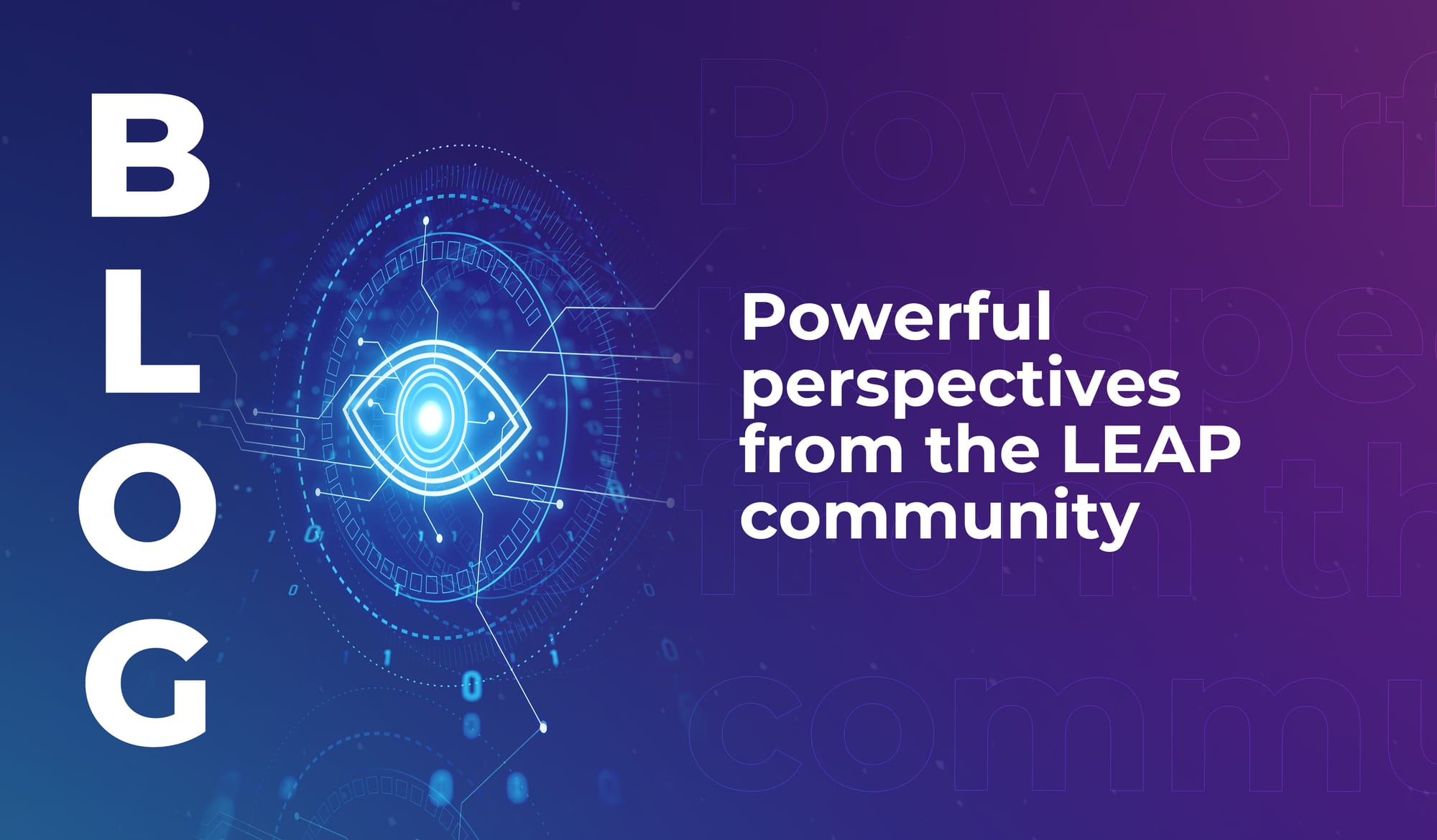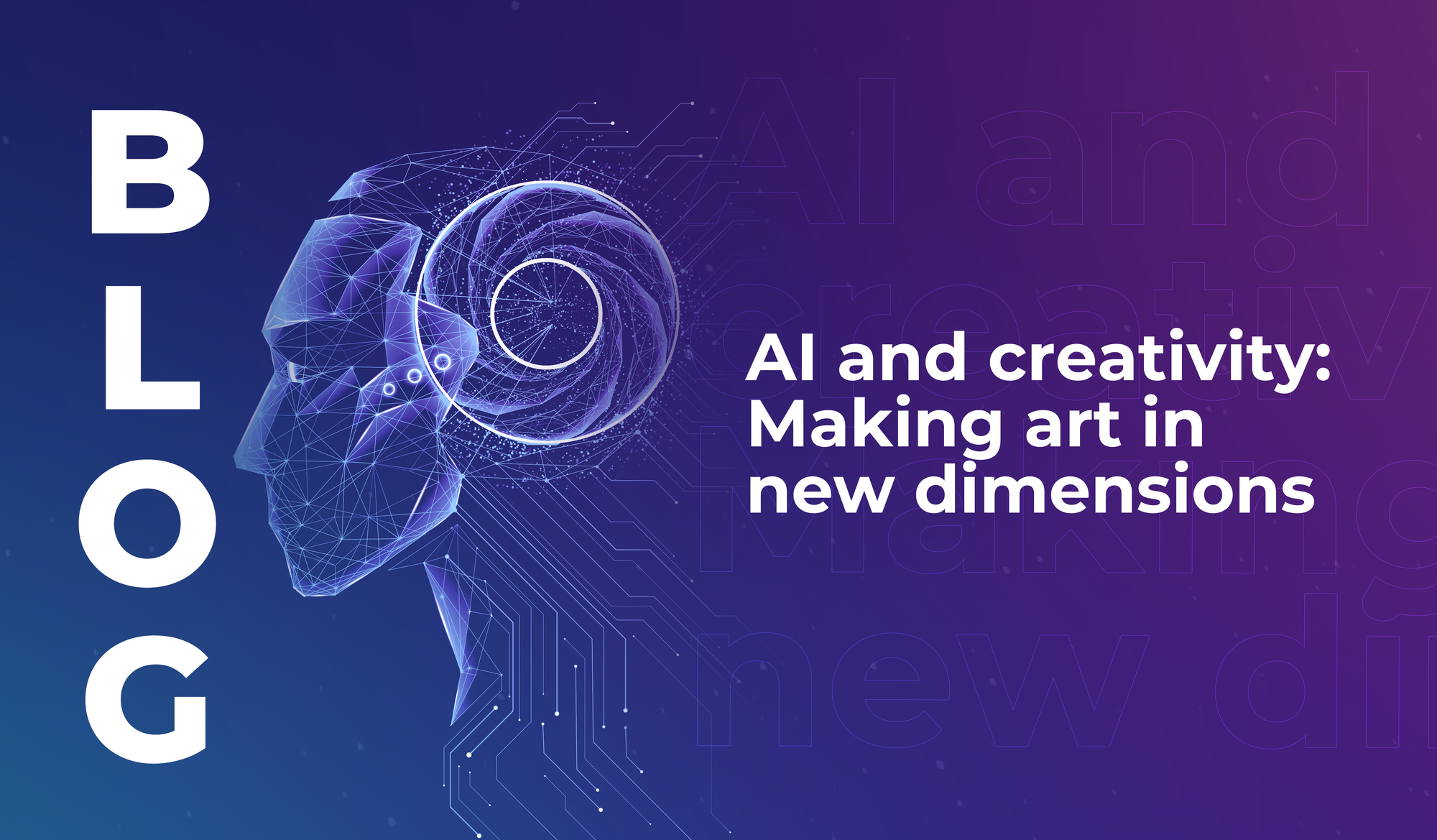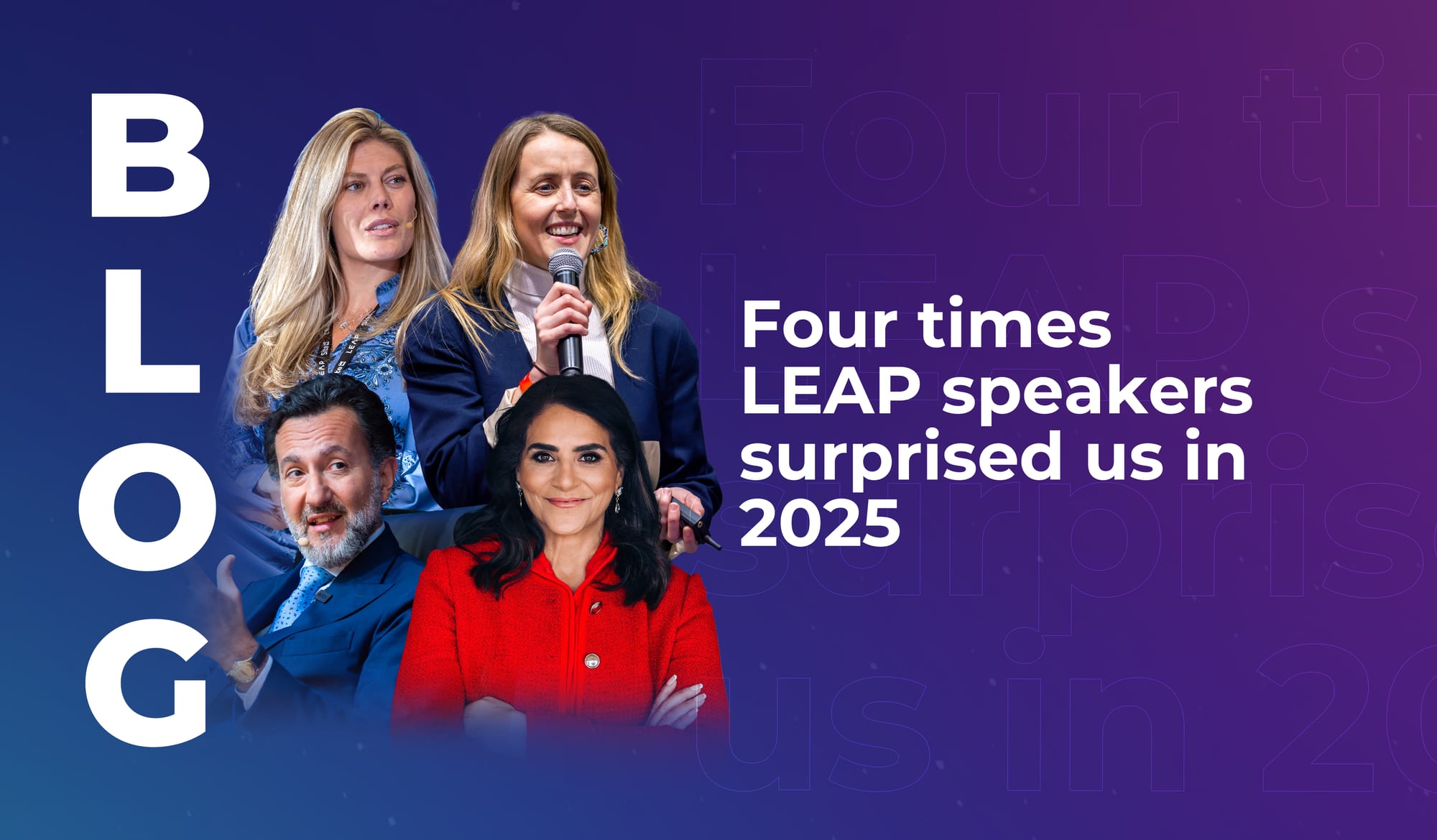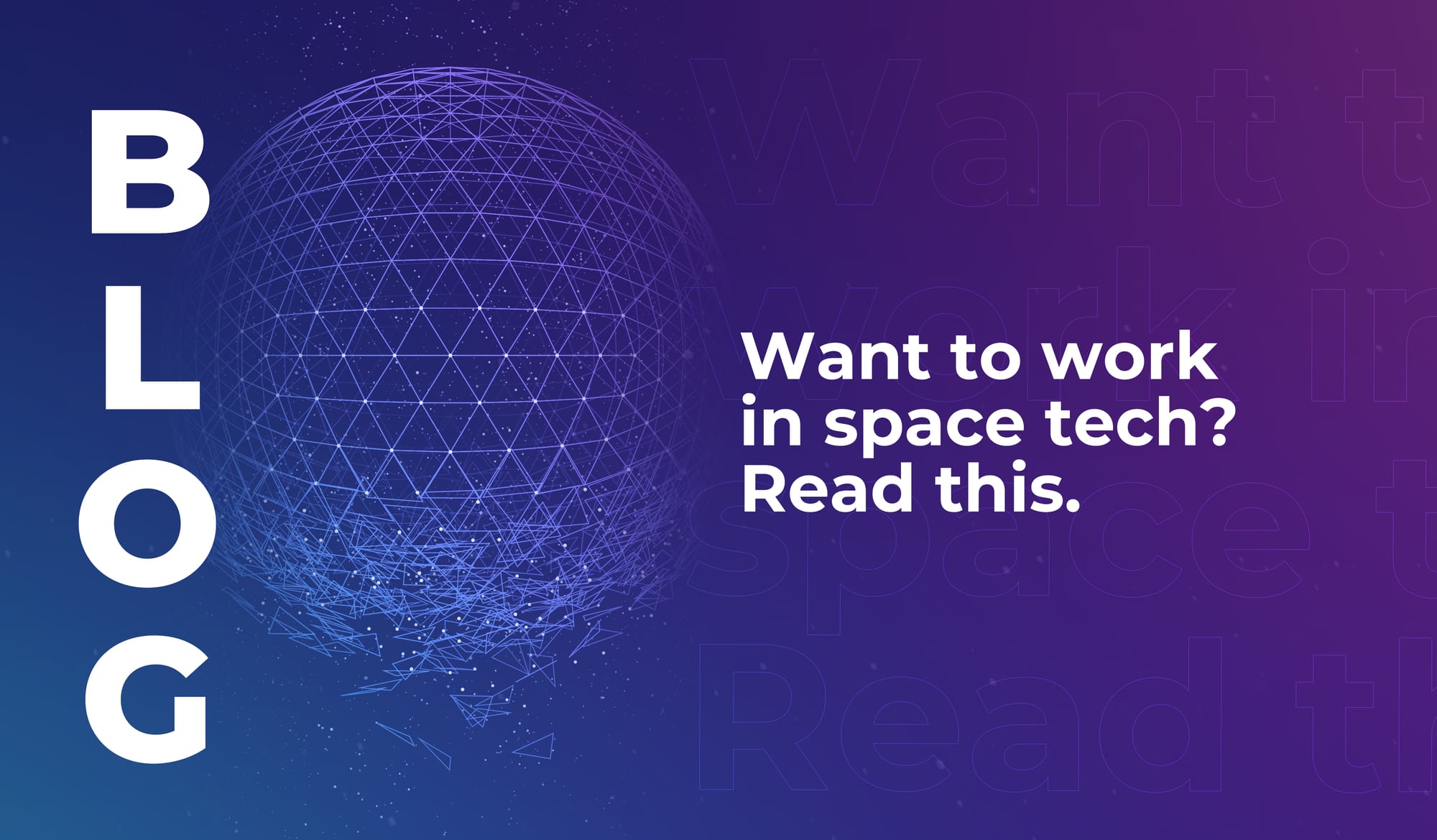
Powerful perspectives from the LEAP community
Discover four powerful perspectives from LEAP 2025 speakers on creativity, clean mobility, education, and personal branding to guide your strategy for 2026.


AI has put us in a new (and kind of amazing) position. We’re seeing creativity being reborn in ways we’ve never imagined. Because creativity isn’t limited by tools or training anymore; now, artists, musicians, performers, and dreamers are stepping into a new era in which technology can be an active collaborator in the creative process.
When will.i.am (Musician, Futurist, lifelong innovator) spoke at LEAP he painted a powerfully optimistic picture of AI’s role in creative evolution.
“Right now is the most exciting time to be creative,” he said. “This is the age of the idea person. Because now you can materialise an idea instantly. You don’t have to wait for someone to open the door for you.”
For him, tech is an instrument and not a threat. He’s used it throughout his career – from his involvement in the launch of iTunes and Beats, to developing new tech platforms to empower artists. And now, we’ve reached a moment in time when tech can empower people to access their creativity in ways they never thought they could.
“You don’t have to play an instrument – you can speak to the machine and the machine will be able to execute what’s inside your mind,” will.i.am said. “We’ve never seen this liberation when it comes to the individual with an idea.”
We’re witnessing transformations across every area of creative work, and even in the way we feel when we experience art.
Otto Plesner (Creative Director at RenaiXance) is using his background in theatre to push artistic boundaries with AI and immersive tech. His show The Art of Memory combines scent, sound, light, and AI-generated visuals to let audiences experience life inside the mind of someone with Alzheimer’s.
“In my opinion, there is a fascinating new medium emerging where various forms of artistic expression come to life,” he explained. “Individuals whose primary focus isn't visual arts find themselves able to communicate on a much deeper level through visuals, effectively transforming words and poetry into instant imagery.”
And that’s the magic of this moment, isn’t it. People can now explore mediums they never trained in. Poets are becoming visual storytellers. Dancers are designing sound. Sculptors are building virtual worlds. With AI, if you can imagine it then you can make it.
All of this doesn’t mean that tech is going to replace artists, or that all art we experience in the future will be conceptualised and created by intelligent technology. Both will.i.am and Plesner argue that real creativity – the kind that moves people, challenges ideas, and shapes culture – can’t be automated.
“Not everyone’s a great photographer just because you can aim a camera at a landscape,” said will.i.am. “You still have to have an eye. You still have to have an idea.”
And Plesner echoed this. To him, the real beauty happens when traditional craft meets cutting-edge tools; “The power of AI lies in its interaction with the physical and real crafts…It is this meeting of the traditional and the new that is truly interesting. AI and tech on its own as an art form is not very interesting until the human aspect influences it.”
It’s the meeting of human and tech that’s creating space for magic to happen today, and for the emergence of creative work that just wasn’t possible before.
Plesner and will.i.am both emphasised one reality:
Artists have a duty right now, during this unprecedented boom in tech-powered art making, to help us make sense of it all.
We need artists as storytellers, visionaries, cultural architects; because without them, our ability to integrate tech into human life in a positive way will fall flat.
“With the creation of art springs culture, and from culture springs the essence of expression, reflection and evolution,” Plesner told us. “By using art as a cultivator of technology one inherently creates positive outcomes.”
Because art doesn’t just mirror the world (and it never has). It also shapes how we understand the world we’re living in. In a time when algorithms are deciding what we see and hear, human-driven art becomes the compass that keeps us grounded in meaning, connection, and empathy.
We asked Plesner if there’s one thing he wishes was possible with tech (that isn’t yet), and he said:
“I wish I could make a show in space. Someday perhaps we will get to experience an opera while we drift by stardust and nebulas, overlooking the vast infinity of the universe. Now wouldn't that be something.”
And the more we experiment with the possibilities of tech and art, the more likely it is that dreams like that will come true.
So what’s your idea?
We’re living through the reimagination of creativity itself. You don’t need permission or a degree to make art. You need a vision and a bit of curiosity; and the courage to explore what’s possible. This isn’t the end of creativity. Here at LEAP, we don’t think there will ever be any such thing – creativity is a part of being human, and tech itself is evidence of that.
We’re all creating art in new dimensions. And we can’t wait to see what you make.

Discover four powerful perspectives from LEAP 2025 speakers on creativity, clean mobility, education, and personal branding to guide your strategy for 2026.

Discover four unexpected insights from LEAP speakers – on tech, leadership, investment, and innovation – that challenge assumptions and inspire new ways of thinking.

The global space sector is hiring faster than universities can produce graduates. If you’re an early-career technologist considering a career in space, this is for you.

Discover four powerful perspectives from LEAP 2025 speakers on creativity, clean mobility, education, and personal branding to guide your strategy for 2026.

Discover four unexpected insights from LEAP speakers – on tech, leadership, investment, and innovation – that challenge assumptions and inspire new ways of thinking.

The global space sector is hiring faster than universities can produce graduates. If you’re an early-career technologist considering a career in space, this is for you.